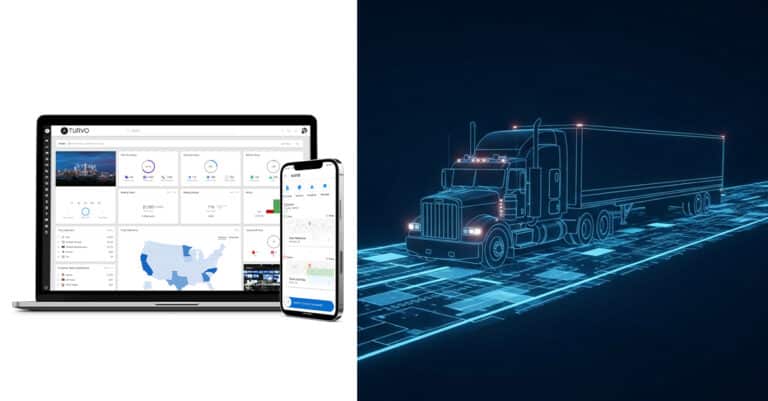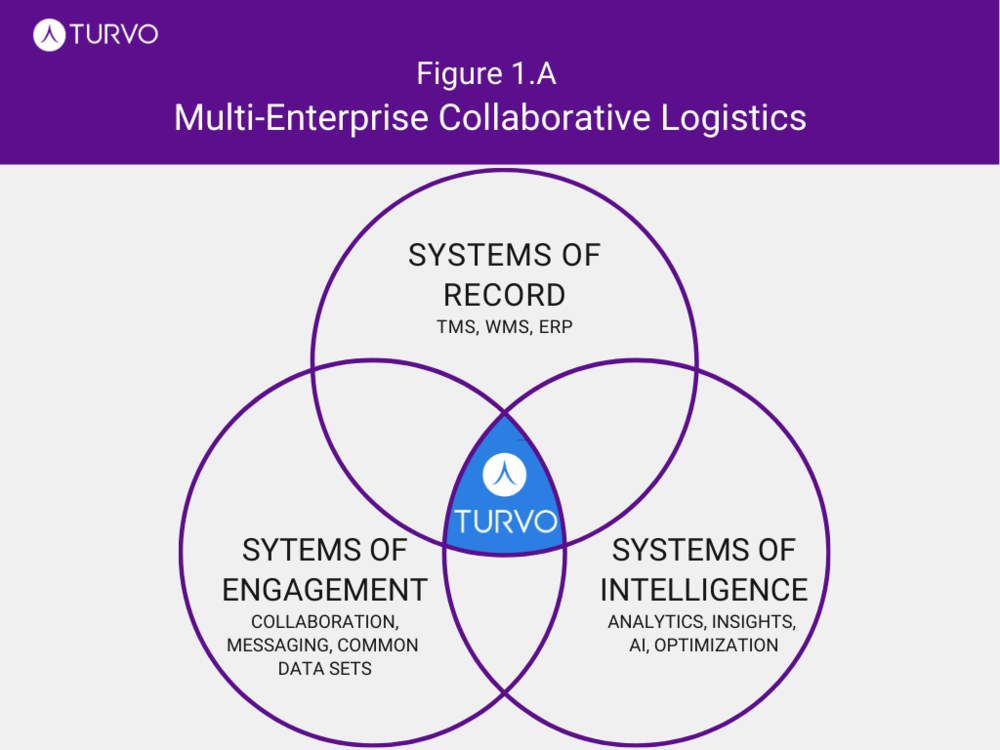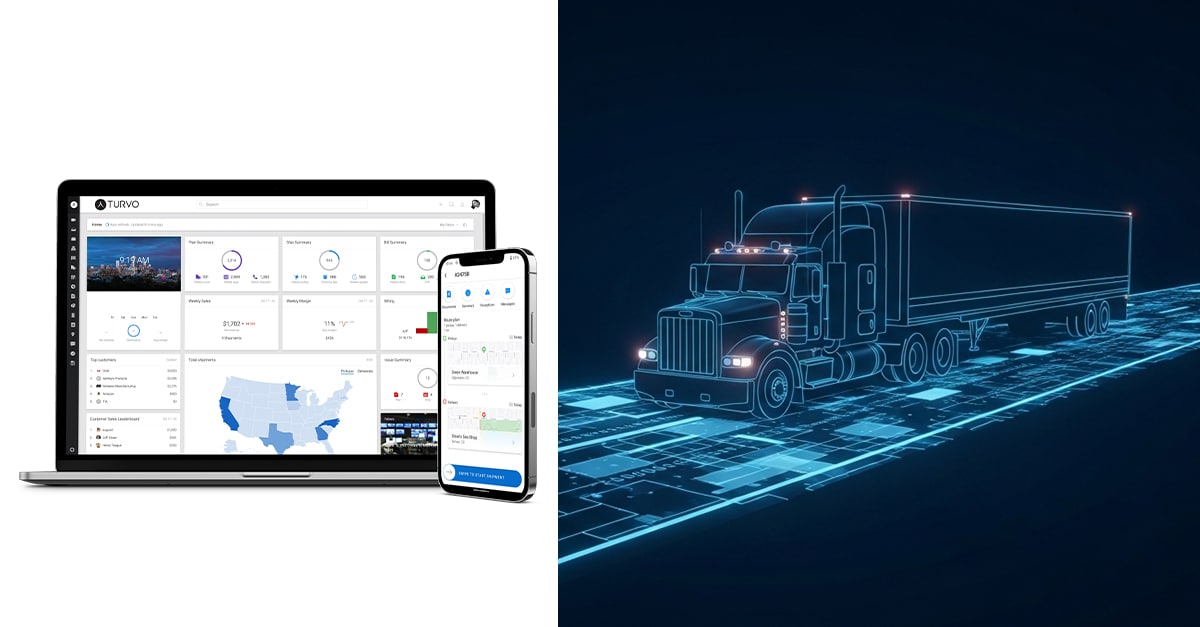Ketan Karkhanis, Turvo CPO, Shares How He Defines Collaboration and Its Implications
The Logistics of Logistics Podcast with Joe Lynch
Collaboration gets plenty of blog-space on the internet, but it often becomes a topic that gets strained and distorted. Collaboration is not some simple chat tool or the hope that an email in the trash contains missing data. It’s a process, and it relies on the ability of individual companies and individual departments to work together and share information without jumping between endless systems. That’s why Turvo was created—to future-proof the supply chain, and this demand has been the subject of intense focus across recent media outlets in the realm of real-time supply chain visibility. And in fact, during a recent “The Logistics of Logistics” podcast, Ketan Karkhanis, Chief Product Officer of Turvo, had the opportunity to sit down with Joe Lynch to discuss how companies could benefit from real digital transformation. Ketan describes how he can “work to help customers,” at Turvo not necessarily just building software (2:00 minute mark). But, going back to the beginning, let’s look at how Ketan came into his role at Turvo.
How Ketan Landed at Turvo
Ketan left his prior company—Salesforce—with a sabbatical-like review of how companies were using dated technology in the supply chain. For a software developer, it didn’t make sense. Technology seemed to get in the way more than help. In fact, Ketan said he believes technology has failed logistics (5:30). Upon meeting Scott Lang, Turvo’s CEO, Ketan joined the team to build the next generation of the supply chain system unity. And, he continues working to create new ways for companies to work together and build a better customer experience. How? It’s best to look back at how technology got in the way in the first place.
Advancement in Technology Created New Problems as Companies Grew Further Advanced and Further Apart
Ketan went on to further discuss (7:15) how a simple truckload movement would involve many more companies than most realize—five companies at minimum. Each company uses its own systems, siloes, and technology stacks. The industry traditionally used EDI and manual processes to share data. Unfortunately, those processes were simply too disjointed. Ketan explains how we tried to solve for this with email and more digitalization, but it only made the problem worse. Disjointed technology creates multiple tech stacks, and by the time integration occurs, the systems are already out of date.
Unfortunately, this creates a systems-view of things, not a customer view. Without connecting with customers and helping companies communicate with customers, the value of the whole supply chain declines. “Transportation is a team sport that cannot be amplified by a systems-view and plans for integration,” said Ketan. “That’s what Turvo is working to solve.”
Customer Experience Is the Essence of Logistics Management
Joe described how companies are looking to use intuitive and in-context technologies to keep everyone more productive (13:07). Companies want more technologies and the ability to connect and collaborate with others.
But first, redefine collaboration. Collaboration is not just an instant message or a simple interaction. This “small talk,” says Ketan, “isn’t collaboration. Collaboration means working together on the same system of record.
Collaboration = connecting people and systems to move things. Collaboration = Turvo.
The supply chain is a network of companies, systems and the people behind them. This network is a network of humans. So, the key to collaboration lies in making data and transactions flow freely through the network. (16:22).”
A Single Source of Truth Eliminates Uncertainty

To help companies create a better supply chain, systems of record, systems of engagement, and systems of intelligence must combine to help companies unify the unique systems within each of these three areas. With Turvo, companies can break out of being stuck within only one of the three circles of technology and create operational excellence within the unity of all three categories.
A single source of truth allows companies to enhance visibility across whole supply chains. It gives companies the ability to avoid switching between dashboards. In the supply chain, it’s easy to think that visibility accompanies multiple dashboards. Unfortunately, the ability to execute processes is often overshadowed by the system itself. In turn, companies are unable to intervene to prevent problems from arising. So, as Ketan noted, “visibility is a feature. It’s not a product (23:49).” The key is making sure the visibility remains executable and actionable throughout without swapping systems and seats in trying to manage freight.
Key Takeaway: Technology Must Not Get in the Way
As a parting note, “Technology must not get in the way of work. Collaboration should be collaboration plus visibility plus execution.” Collaboration lacks value without the other two factors and vice versa, and “it must be a seamless experience (25:15).”
Learn more about how Turvo can help your company unlock the secrets to collaboration by visiting Turvo online today.








